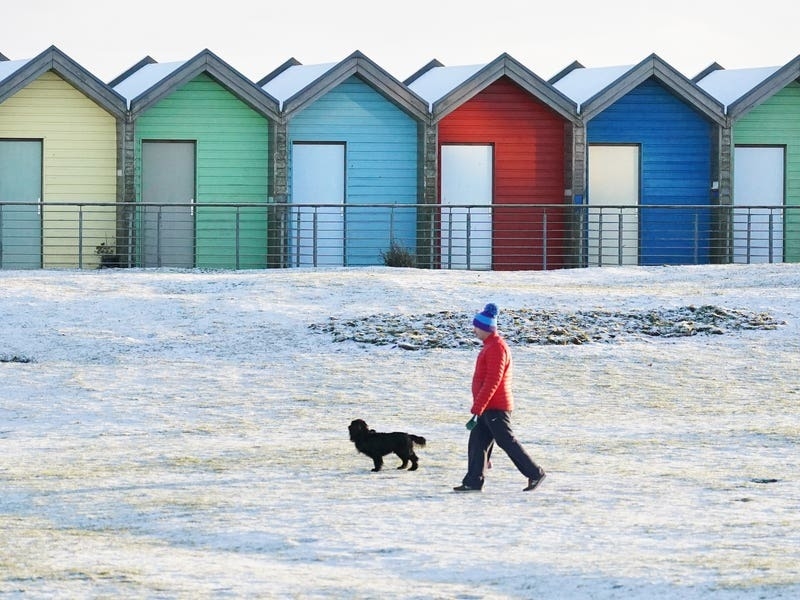St John Constable Chris Taylor had lodged an amendment to the Budget, which Members were due to begin debating today, but withdrew his proposition to secure money for the project after being assured that it could be funded.
Plans are being developed by the Ports of Jersey, in discussion with stakeholders including the Sea Cadets and Jersey Rowing Club.
It is proposed that the facilities be built at Les Galots, a site near the La Collette fuel farm, on land controlled by the Ports of Jersey.
The Sea Cadets, who currently have 65 members aged ten to 18, meet twice a week at their run-down Fort Regent headquarters and also hold weekend events at different times of the year.
The organisation, which promotes the development of skills that are linked to maritime activities, was promised new facilities more than 20 years ago.
However, a succession of failed plans, including a public-private partnership with developers last year which proposed building 18 flats, a restaurant and community facilities as ‘a maritime hub’ at Les Galots, have left them having to manage in deteriorating conditions.
After withdrawing his proposition Mr Taylor, whose youngest daughter and son have been through the Sea Cadet programme, said: ‘I’m absolutely delighted.
‘I need to make it clear, though, that this will not just be for the Sea Cadets – it’s for Jersey Rowing Club and other associations as well.
‘There’s not going to be a housing estate, this isn’t a grandiose project.
‘We want to build a functional unit to be enjoyed by the community.’
Lieutenant André Bonjour, who leads the Sea Cadets, said their current facilities prevented the organisation from offering certain courses, such as marine engineering.
He added: ‘We need classroom space, a large space for drills and leadership tasks, and there’s a whole host of stores and equipment we need to undertake different activities.’
Treasury Minister Alan Maclean explained that the £1.2 million was a one-off cost that was likely to come from underspends in the States’ capital programme, or by delaying capital projects that had been set to take place between 2017 and 2019.
He added that any cost over and above the proposed £1.2 million would have to be raised by stakeholders who stand to benefit from the facilities.
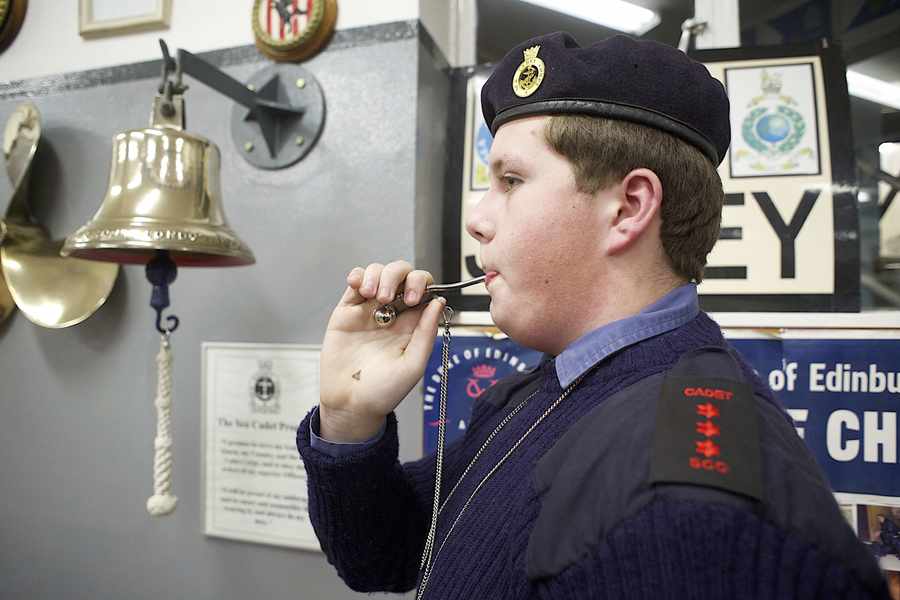
- The unit receives £10,000 a year from the States, which accounts for 40 per cent of the groups annual running costs of £25,000.
- TS Jersey is included in the Sea Cadets Southern Area and is one of 70 units in the region.
- Since 1956 the unit has ranked in the top ten per cent of units in the Southern Area each year after assessment.
- TS Jersey has won the Stephenson Trophy the award given to each areas best unit 15 times.
- The best units go on to compete against other UK units for the Canada Trophy, which Jersey has won twice.
- TS Jersey meets regularly on Sundays and Wednesdays.
- Cadets can also study towards a B-Tech diploma in public service or music with the unit. The qualification is the equivalent of four C-grade GCSEs.[/breakout]
What exactly do the Sea Cadets do?
COMMANDING officer Lieutenant André Bonjour has risen through the unit’s ranks to lead the Sea Cadets, first joining in 1971 at the age of 12.
He said that the unit aimed to give young people the best possible start in life through nautical adventure and fun, based on the traditions and disciplines of the Royal Navy.
‘There are just under 400 Sea Cadet units across Britain, which contain in total about 14,000 cadets,’ Lt Bonjour said. ‘We’ve got 66 cadets on our books, but our numbers come in cycles – two years ago we were up to 90.’
There are six ranks for cadets to attain through the cadet training programme, with each rank comprising 48 training modules.
Lt Bonjour, a retired police officer, said: ‘The modules cover various things. There are water-based modules, drill modules and Sea Cadet knowledge modules. There are also five core values taught – respect, loyalty, commitment, self-discipline and honesty and integrity.
‘There are also community and volunteer modules, and as cadets progress we look for them to take up community opportunities as well, so it’s really about teaching them about being good members of society.
‘We also teach seamanship and first aid, and there is a programme of recreational activities as well.’
Islanders can join the unit’s Junior Cadets section at the age of ten, with the main programme running for children aged between 12 and 18. There is also a Royal Marine Cadet unit that offers a slightly different régime for children from the age of 13.
Cadets can also specialise in certain areas such as communication and information systems, catering and navigation, while paddle-boarding, sailing, meteorology, music, shooting and diving can all also be learned as proficiency subjects within TS Jersey.
Each Sea Cadet meeting begins and ends with a formal parade ceremony inspired by the Royal Navy’s ensign-raising protocols, before the cadets split up to train.
‘We participate in a number of public events throughout the course of the year, and cadets also help with different fundraising events,’ Lt Bonjour added. ‘Once a year we have a round-the-Island charity gun pull where cadets pull a field gun 28 miles. We’ve been doing that for 25 years and normally raise £2,000. Last year we raised nearly £4,000.’
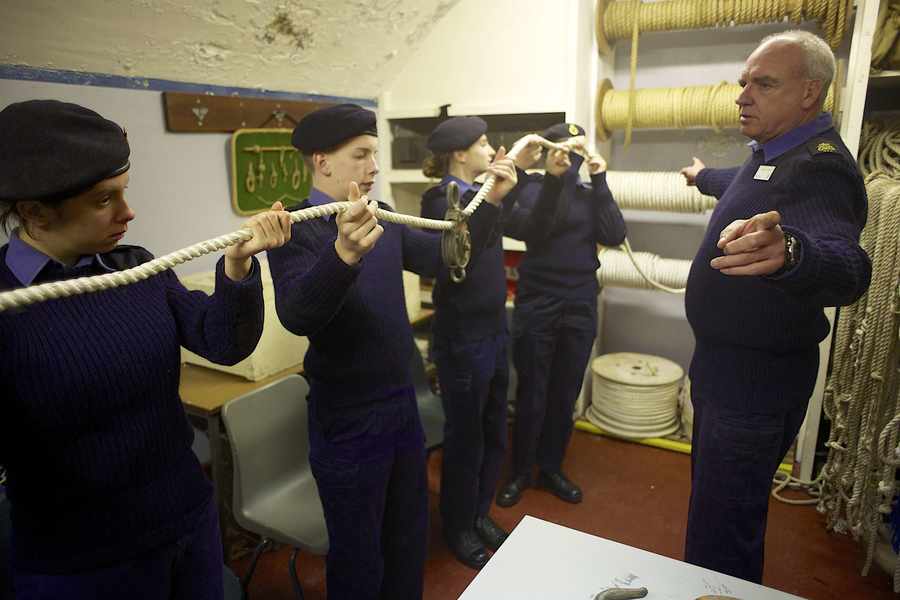
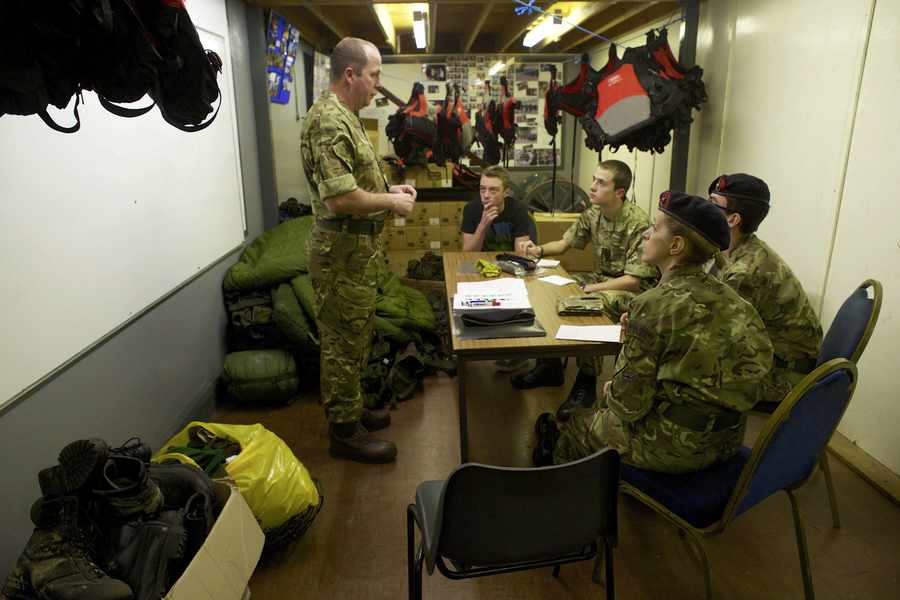
The history of the Sea Cadets:
THE national Sea Cadet movement evolved following the Crimean War when sailors set up Naval Lads’ Brigades to help children who were orphaned by the conflict.
After the first brigade was set up in Whitstable in 1854, the groups received formal recognition from Queen Victoria in 1899 when she presented the Windsor unit with £10 for uniforms. By the time the Second World War began there were 100 units operating in the UK, with 10,000 cadets learning seafaring skills. With hundreds going on to active duty, the Admiralty took over Sea Cadet training and the name Sea Cadet Corps was formally adopted, with King George VI serving as Admiral.
Jersey’s unit was formalised in 1949, and although the values promoted by the organisation remain largely unchanged, the progress of technology had allowed a much greater set of skills to be taught.
The unit has always been based at Fort Regent, but moved to its current location within the site as the leisure centre expanded in the 1970s.
Lt Bonjour said: ‘I joined in 1971 as a 12-year-old. Technology has changed so much and there are things we do now that we couldn’t back then. Our unit has uniformed staff, civilian instructors and non-uniformed helpers. We have had parents come along to say how much they have seen their child’s confidence grow and how much they have learned.
‘I’ve seen a lot of cadets come through over the years and the vast majority go on to become worthy members of the community. They’ve gone on to become police, fire and rescue and ambulance workers and we’ve got a couple of doctors here who started as Sea Cadets.’
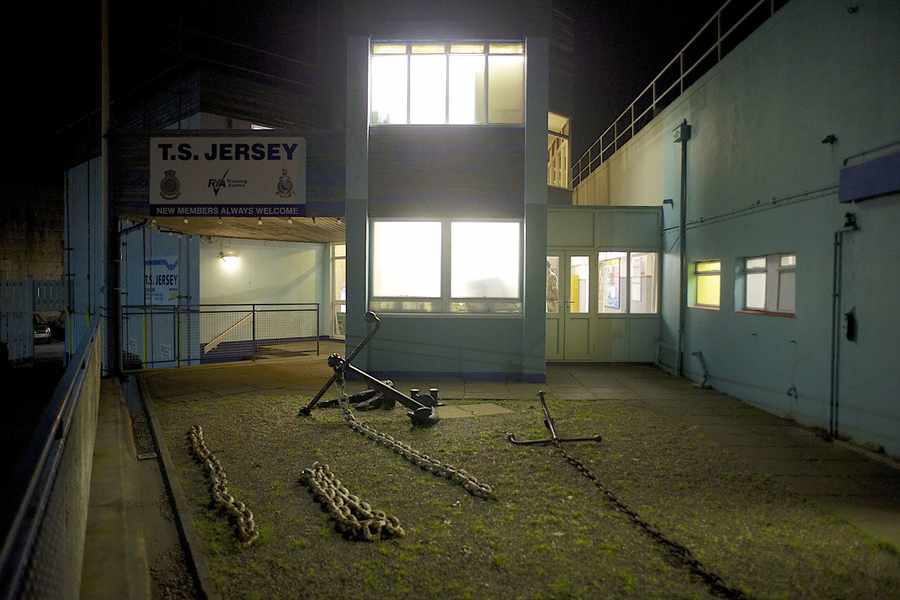
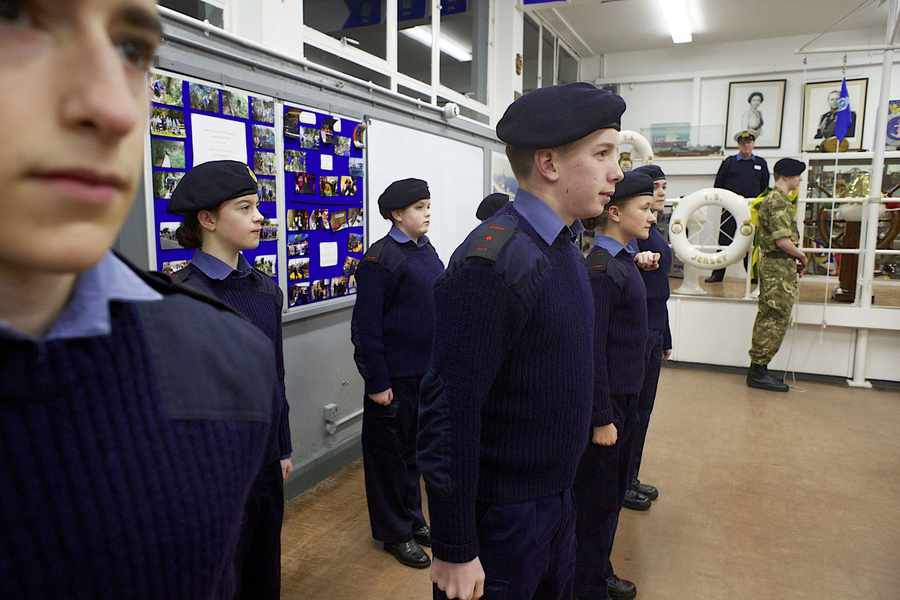
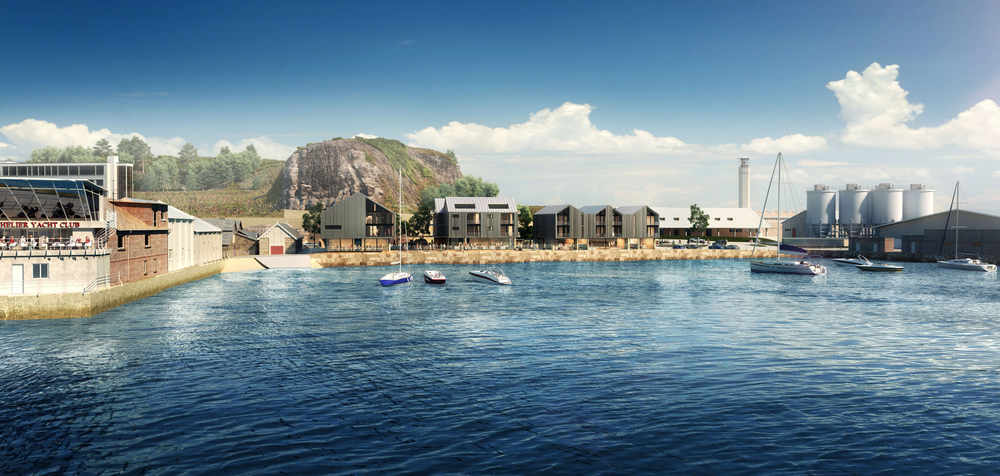
- 1996 the Sea Cadets are granted £600,000 by the States as seed money for a new headquarters.
- 2000 although planning permission has been granted for scheme to rehouse the Sea Cadets funding cannot be secured and the project is abandoned.
- 2013 rumours of a new harbour-side community development begin to emerge.
- Early 2014 talks are held with groups and stakeholders based near the Victoria Pier about a major development
- November 2014 plans for the Port Galots project are unveiled, but a major campaign against the scheme is launched.
- December 2014 the Planning Department reveals that the Port Galots application is the most commented on application in the departments history. Many of the comments are objections being registered through a petition, which eventually gains around 5,000 signatures.
- January 2015 Port Galots plans are withdrawn and politicians confirm that the Les Galots area will not be considered for residential development, but still remains a viable site for the Sea Cadets. At the first States sitting of the year Transport Minister Eddie Noel tells the Chamber that just £107,000 of the States initial £600,000 grant is left, with most of the money having been spent on professional fees for unrealised projects.[/breakout]





